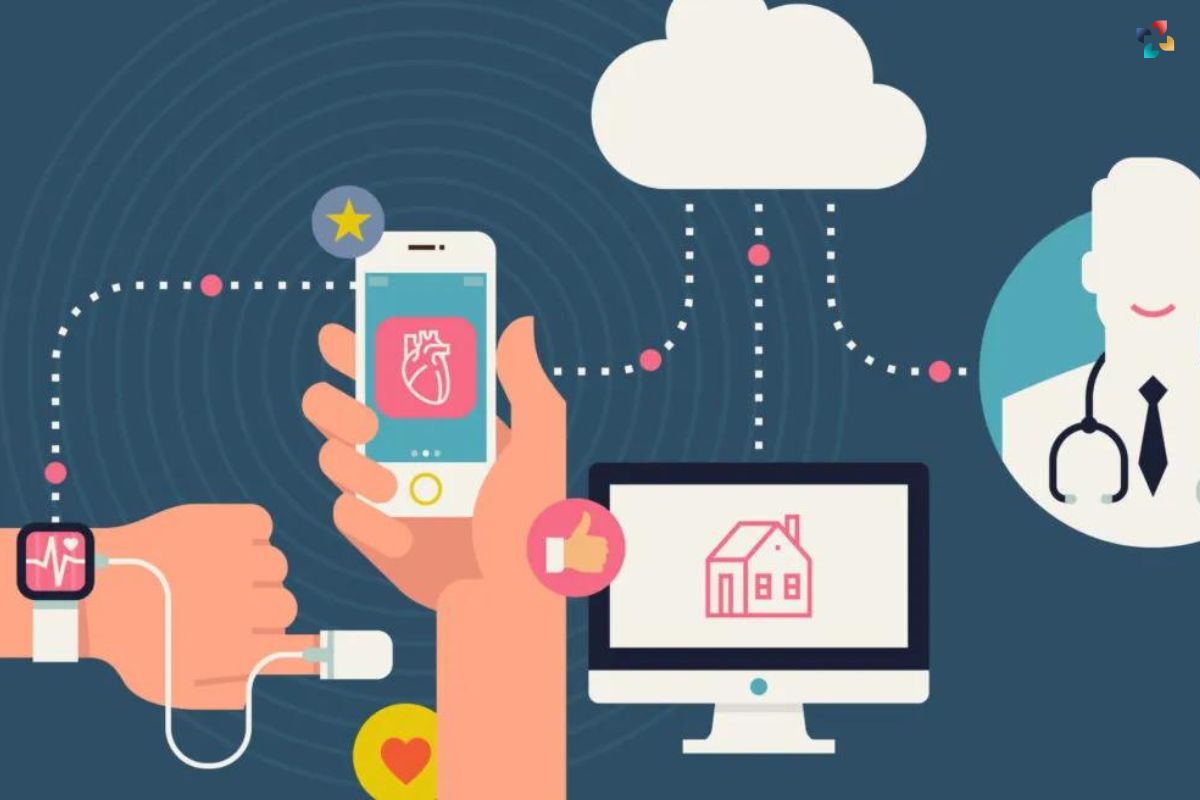Telehealth and telestroke are emerging technologies that have the potential to revolutionize stroke care by providing remote access to medical expertise, improving patient outcomes, and reducing healthcare costs. Telehealth refers to the use of telecommunications technology to provide healthcare services and information over a distance, while telestroke specifically refers to the use of telemedicine in stroke care.
This paper will explore the ways in which telehealth and telestroke are improving stroke care through technology, including the benefits, challenges, and future directions of these innovative approaches.
BENEFITS OF TELEHEALTH AND TELESTROKE
1. Access to Medical Expertise

One of the key benefits of telehealth and telestroke is the ability to provide remote access to medical expertise. This is particularly important in stroke care, where timely access to specialized care can mean the difference between life and death. Telestroke allows neurologists to remotely diagnose and treat stroke patients, even in rural or underserved areas where there may be a shortage of specialized care.
2.Improved Patient Outcomes
Telehealth and telestroke have been shown to improve patient outcomes in stroke care. Studies have demonstrated that telestroke interventions can reduce mortality rates, increase rates of thrombolysis, and improve functional outcomes for stroke patients. By providing access to specialized care and treatment in a timely manner, telestroke can help to prevent or minimize the devastating effects of stroke.
3.Cost Savings
Telehealth and telestroke can also lead to cost savings for healthcare systems and patients. By reducing the need for expensive and time-consuming transfers to specialized stroke centres, telestroke can lower healthcare costs and improve efficiency. In addition, telehealth can reduce costs for patients by eliminating travel expenses and reducing the need for time off work.
CHALLENGES OF TELEHEALTH AND TELESTROKE
1.Infrastructure and Technical Issues
One of the primary challenges of telehealth and telestroke is the need for reliable infrastructure and technical support. This includes access to high-speed internet, appropriate software and hardware, and trained personnel to operate and maintain the equipment. In addition, there may be technical issues that arise during telehealth or telestroke consultations, such as poor audio or video quality, which can affect the quality of care provided.
2.Reimbursement and Funding
Another challenge facing the implementation of telehealth and telestroke is reimbursement and funding. In many cases, telehealth services are not covered by insurance or reimbursed at a lower rate than in-person services. This can create financial barriers for healthcare providers who want to offer telestroke services, as well as for patients who may be required to pay out-of-pocket for telehealth consultations.
3.Legal and Regulatory Issues
Legal and regulatory issues can also present challenges for the implementation of telehealth and telestroke. These issues may vary by state or country and can include licensing requirements, liability concerns, and privacy and security regulations. It is important for healthcare providers to be aware of these issues and to work within the legal and regulatory framework to ensure that telestroke services are delivered safely and effectively.
FUTURE DIRECTIONS OF TELEHEALTH AND TELESTROKE
1.Integration with Artificial Intelligence
The future of telehealth and telestroke may involve the integration of artificial intelligence (AI) to improve stroke care. AI can be used to analyze patient data and medical images in real-time, providing clinicians with valuable insights and assisting with diagnosis and treatment decisions. This can help to reduce errors and improve patient outcomes.
2. Mobile Health

Mobile health (mHealth) is another area of growth for telehealth and telestroke. Mobile devices, such as smartphones and tablets, can be used to deliver telestroke services to patients in their homes or other remote locations. This can improve access to care for patients who may not have access to traditional healthcare settings and can also provide greater flexibility and convenience for patients and healthcare providers.
3. Virtual Reality
Virtual reality (VR) is another potential application for telestroke and telehealth. VR technology can be used to create immersive and interactive training environments for healthcare providers, allowing them to practice and refine their skills in a simulated environment. VR can also be used to provide virtual consultations with patients, allowing clinicians to examine patients and make treatment decisions remotely.
4. Remote Patient Monitoring

Remote patient monitoring is another area of growth for telehealth and telestroke. Remote monitoring devices, such as wearable sensors and home monitoring systems, can be used to collect real-time data on patients’ vital signs and symptoms. This information can be transmitted to healthcare providers who can use it to monitor patients’ conditions and adjust treatment plans as necessary.
CONCLUSION
Telehealth and telestroke are emerging technologies that have the potential to revolutionize stroke care by providing remote access to medical expertise, improving patient outcomes, and reducing healthcare costs. While there are challenges associated with implementing telehealth and telestroke, such as infrastructure and technical issues, reimbursement and funding, and legal and regulatory issues, there are also many opportunities for growth and innovation in these fields, including the integration of artificial intelligence, mobile health, virtual reality, and remote patient monitoring.
As technology continues to advance, it is likely that telehealth and telestroke will become increasingly important in stroke care, providing new and innovative ways to improve patient outcomes and enhance the delivery of healthcare services. It is important for healthcare providers and policymakers to embrace these technologies and work together to overcome the challenges associated with implementing telehealth and telestroke, in order to provide the best possible care for stroke patients, regardless of their location or circumstances.






